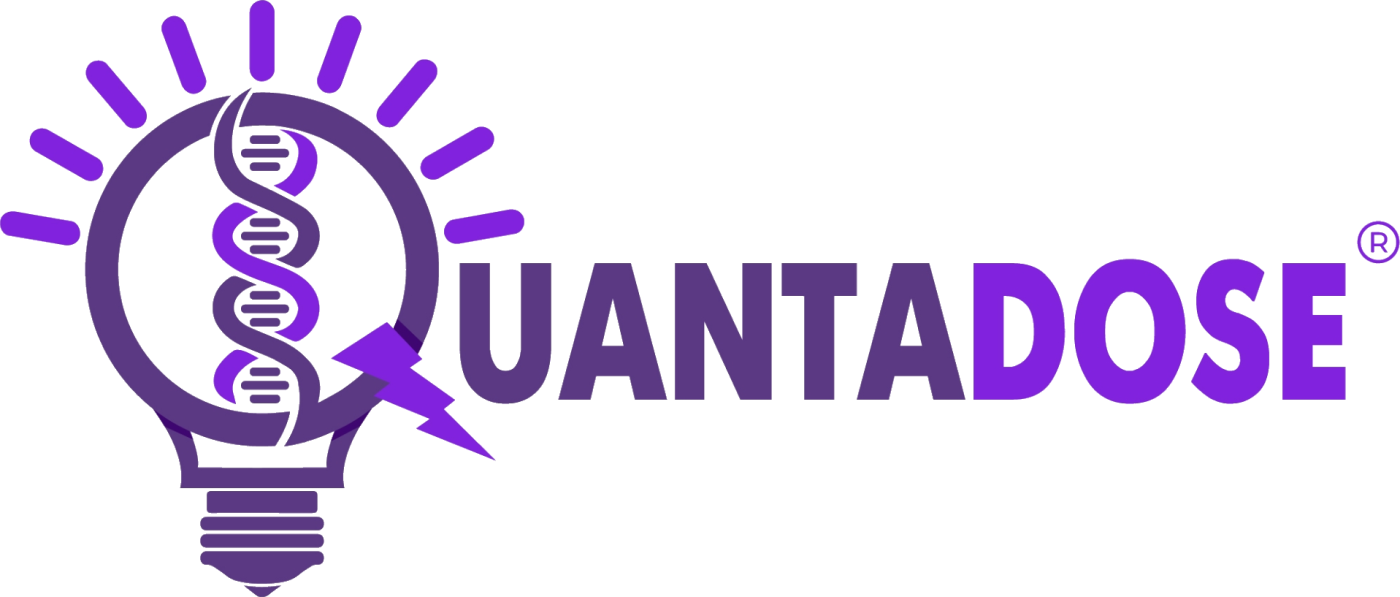QuantaDose Press Releases
Where exactly is the “C-allele” variant?
| Item | Detail |
|---|---|
| Gene | CACNA1C (chromosome 12p13.33) |
| Genomic span | ≈ 500 kbp of DNA, 50 exons; mRNA ≈ 13 kbp; protein (Cav1.2 α1C) ≈ 2,200 aa |
| Common tag-SNP used in the NeuroImage study | rs7304986 (T → C) |
| Coordinate (hg38) | chr12: 2 202 959 T/C |
| Genomic context | Deep in intron 3, ~35 kb upstream of the first coding exon; it does not change an amino-acid directly but modulates how much (and which splice isoform of) Cav1.2 is produced in the brain. |
Think of the intron as a dimmer switch rather than a wire in the circuit: a single base swap can change how brightly (or when) the channel is expressed without rewriting the channel’s blueprint.
Why can a single-base change matter for channel mis-firing?
-
Expression “volume-knob”
-
Intronic bases are peppered with binding sites for transcription-factor and splicing proteins.
-
Swapping T → C can raise or lower local binding affinity by a few kcal mol⁻¹.
-
In neurons this often translates to a 10–25 % shift in Cav1.2 channel density embedded in the membrane.
-
-
Electrostatic knock-on effect
-
Each Cav1.2 channel carries eight positively charged arginine/lysine residues on its S4 “voltage-sensor” helices.
-
Those eight charges together contribute roughly +8 e (elementary charges) to the sensor.
-
If the C-allele up-regulates expression by, say, ~20 %, surface charge density in a micron-sized patch of membrane also rises ≈20 %.
-
A denser forest of charges lowers the incremental field (ΔV) required to pop sensors open—in practice, a few millivolts. That is enough to make the channel responsive to the piconewton forces created by RF-induced ion oscillations.
-
-
Tighter coupling to the Ion-Forced-Oscillation (IFO) trigger
-
Panagopoulos’ IFO-VGIC model shows that Ca²⁺ (z = 2) ions only need to wobble ≈10 pm at ELF side-bands to yank the S4 sensor.
-
Lowering the channel’s gating threshold by 2–3 mV (a typical consequence of the C-allele’s expression boost) means fields ten-fold weaker can now reach the mis-fire threshold.
-
“Charge change” in numbers
| Scenario | Net positive charge per 10 000 nm² patch |
|---|---|
| Baseline (T/T): 100 channels | +800 e |
| C-allele (T/C): 120 channels (↑20 %) | +960 e |
| ΔCharge | +160 e (= +2.6 × 10⁻¹⁷ C)** |
That extra ~2 × 10⁻¹⁷ coulombs spread over a patch only a few nanometres thick is not large in absolute terms, but inside the lipid bilayer (dielectric ε ≈ 4) it shaves a measurable 2–4 mV off the voltage needed to activate the sensor—precisely the margin exploited by low-frequency components hidden in 5 G bursts.
Bottom line
A single “C” in CACNA1C doesn’t rewrite the Cav1.2 protein’s amino-acid list, but it dials up channel abundance and subtly alters local electro-statics. That nudges the channel’s hair-trigger voltage sensor closer to its threshold, making it disproportionately easier for the piconewton forces generated by RF-induced ion oscillations to pry the gate open. In genetically predisposed brains, that means:
-
more erratic calcium surges →
-
more ROS/oxidative stress →
-
higher risk of downstream neuro-psychiatric and metabolic disruption.*
Small base, big consequences.
